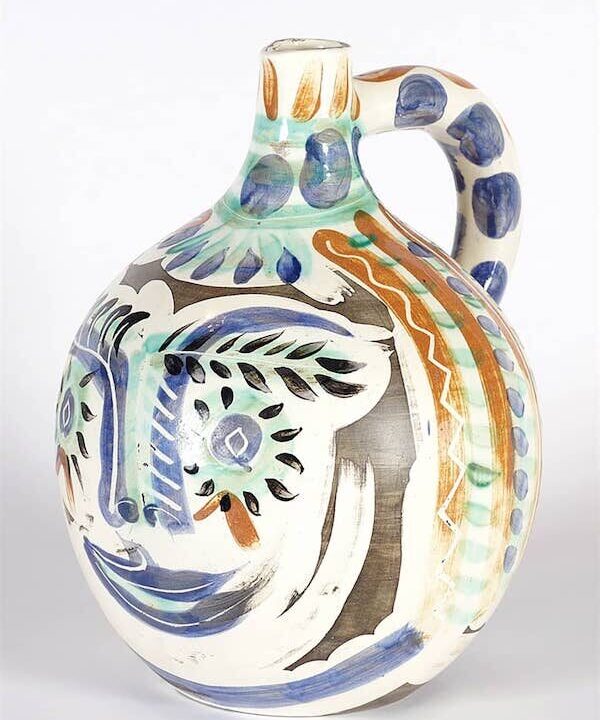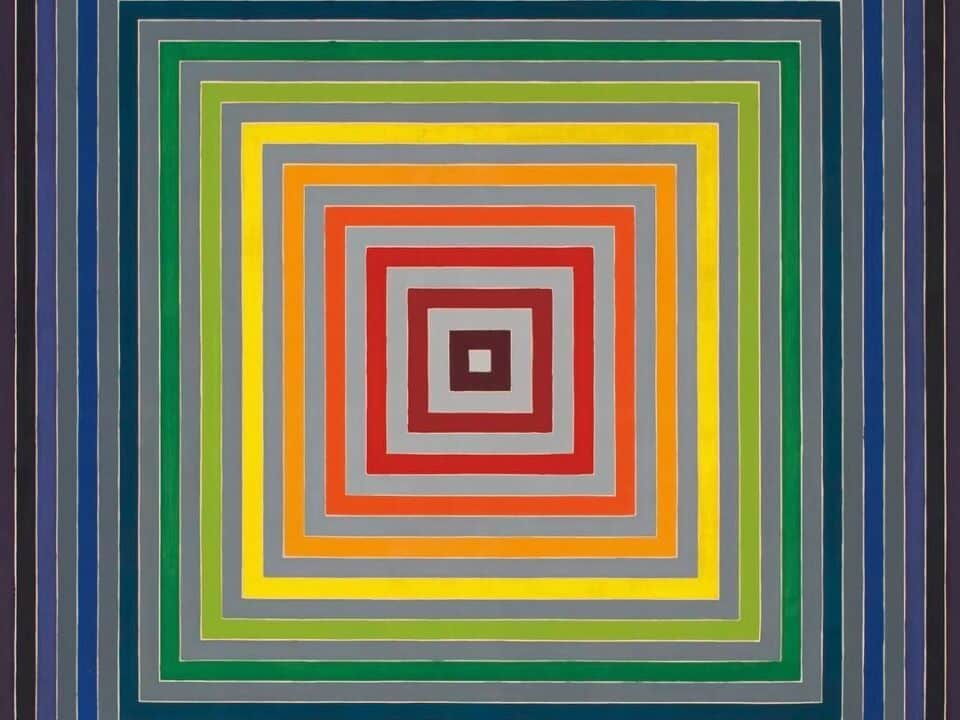Frank Stella’s formal artistic debut in 1959 instantly created a powerful impression among the art scene in New York, changing up the basic nature of abstract expressionism with black striped paintings that naturally gave off an impersonal vibe. However, as time went on, he would end up increasing the complexity of his work, starting by incorporating more colors, before going on to take his paintings into the third dimension and even moving on to create free-standing structure. This constant devotion to change and experimentation is part of what has made Frank Stella such a major influence on a lot of different disciplines of art. But how did that come to be?
Born to first-generation Italian-American parents, Frank Stella’s true introduction to art started in his high school days. As a sophomore at Phillips Academy in Andover, Massachusetts, he was fortunate enough to have abstractionist artist Patrick Morgan as a teacher, who first taught him how to paint. Stella would then hone his skills even further when he started taking an art class at Princeton University while working towards a history degree. His artistic tastes and sensibilities were also shaped further when he dipped his first foot into the New York artwork by being brought to exhibitions by some of his professors.
The signature paintings that a lot of people associate with Frank Stella are his “Black Paintings.” The Black Paintings consist of parallel black stripes made with of all materials, house paint. The point of the striped patterns as Stella himself puts it, is to try and out a constant rate of illusionistic space coming out of the painting. This turns the concept of painting is a look into a three-dimensional space on its head, something that had been the main mindset since the Renaissance.
By sticking to a specific system of the artist’s creating, the Black Paintings would be a major catalyst to the Minimalist art movement. Devotees of this movement focused on creating abstract works without content, theme or narrative, mainly a series of different geometric shapes. To this day, Stella has remained one of the forerunners in the medium that we know as “non-representational painting” This keeps to the idea of focusing on the basic elements of art, like color and shape, rather than trying to focus on appealing to emotion.
Having a Frank Stella piece in your collection is a piece of history and trendsetting all in one. If you are interested in looking out to add some of Frank Stella’s artwork into your own collection, be sure to look up art auction houses in Dania Beach.




